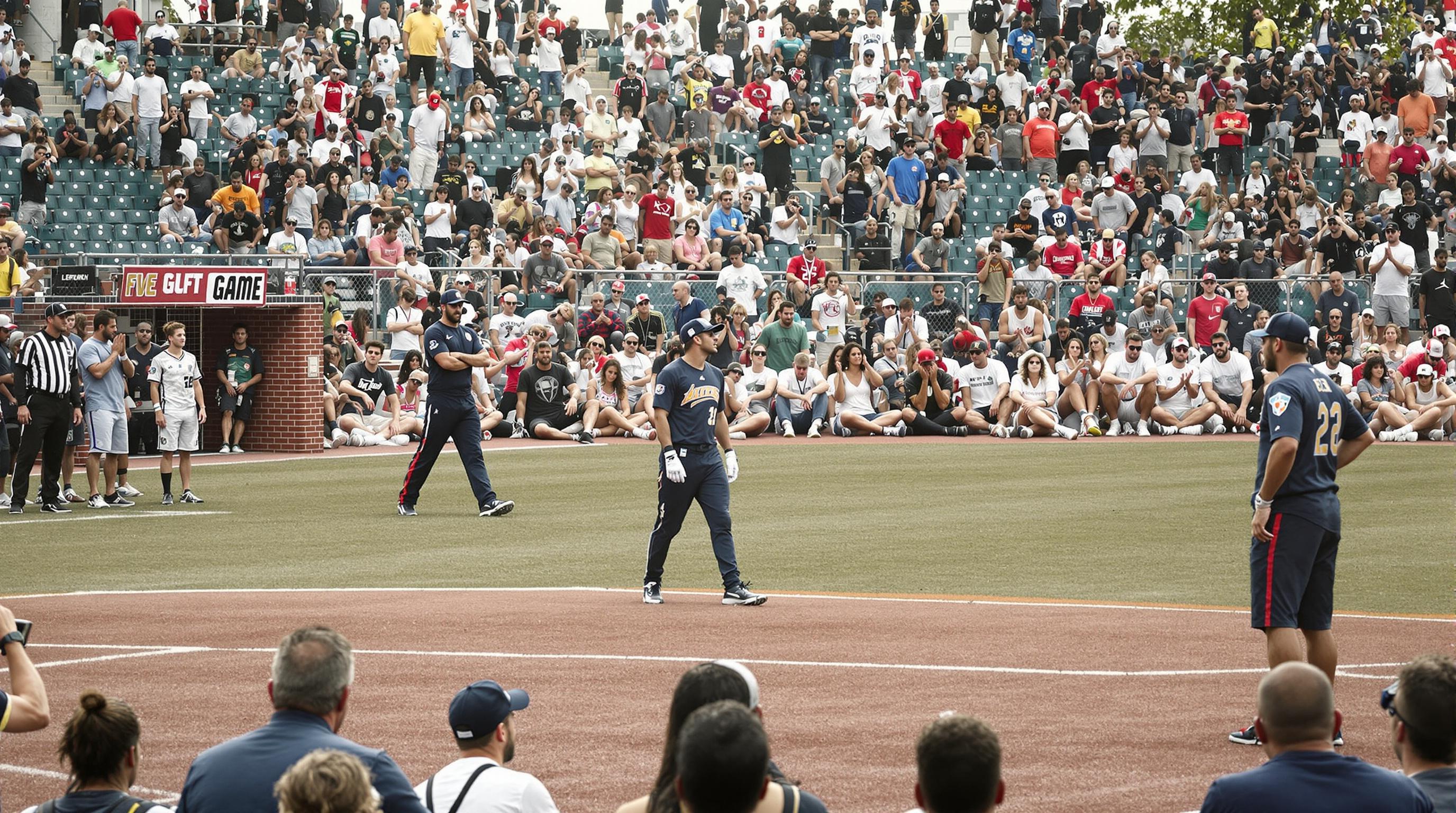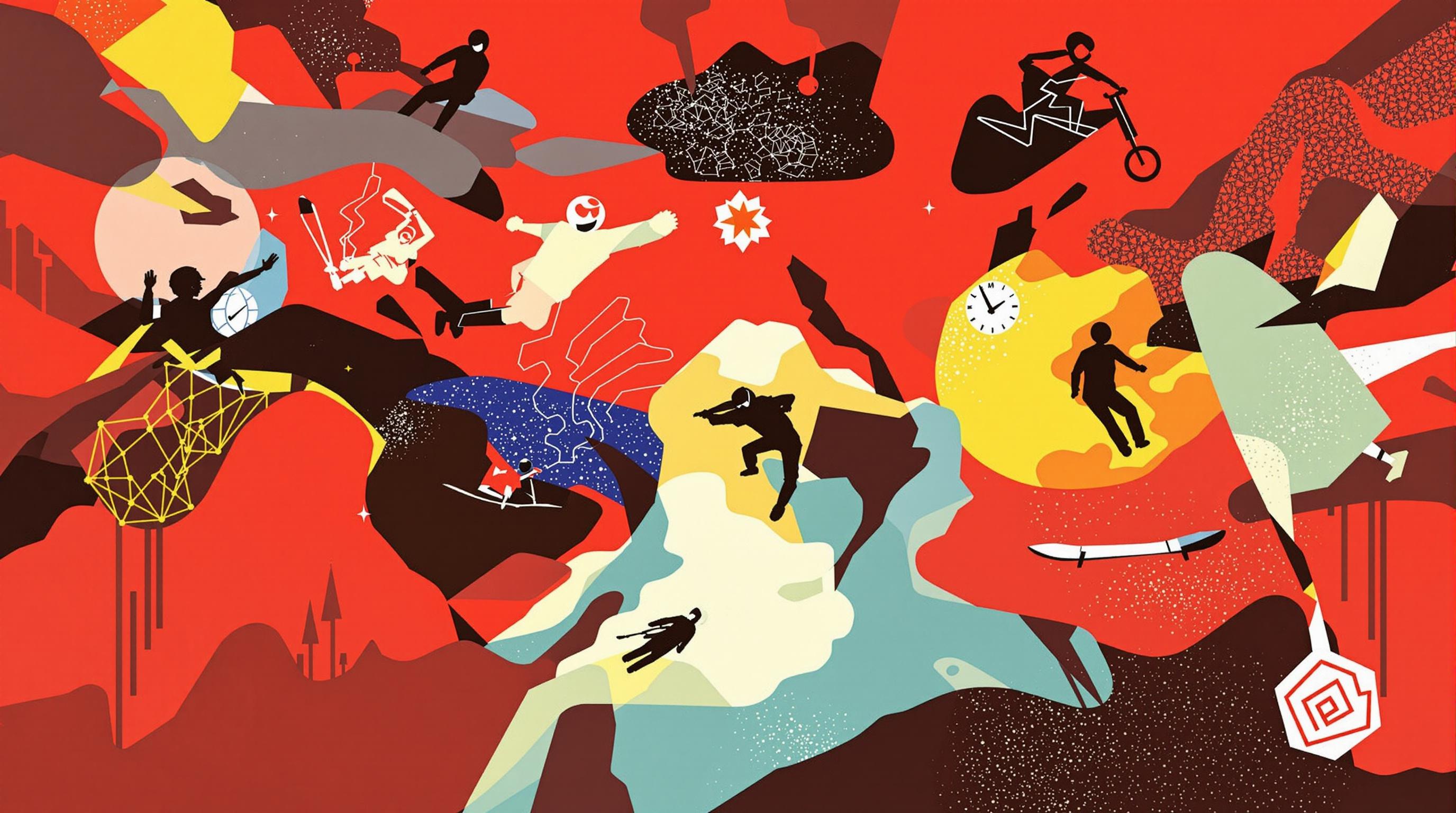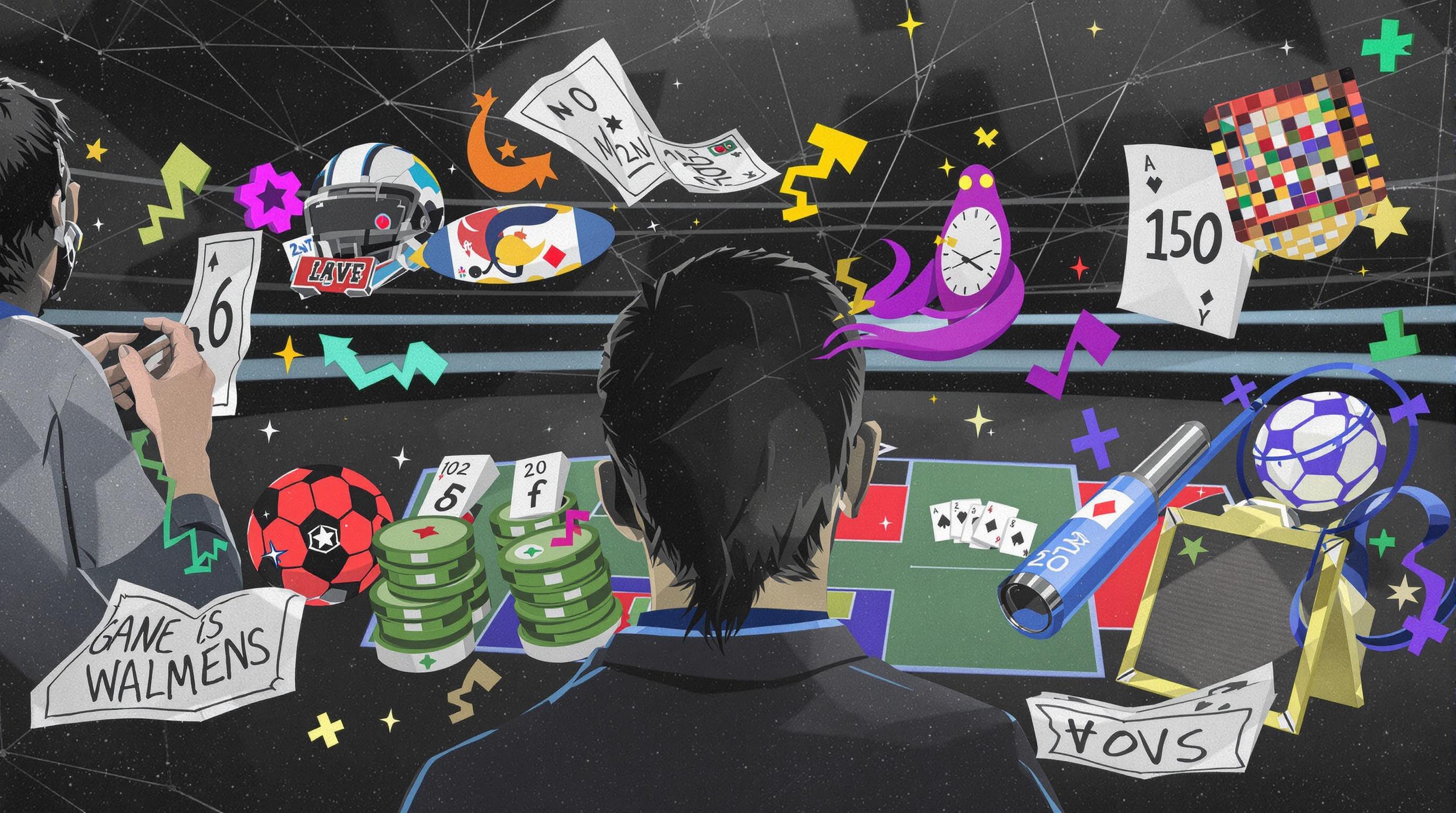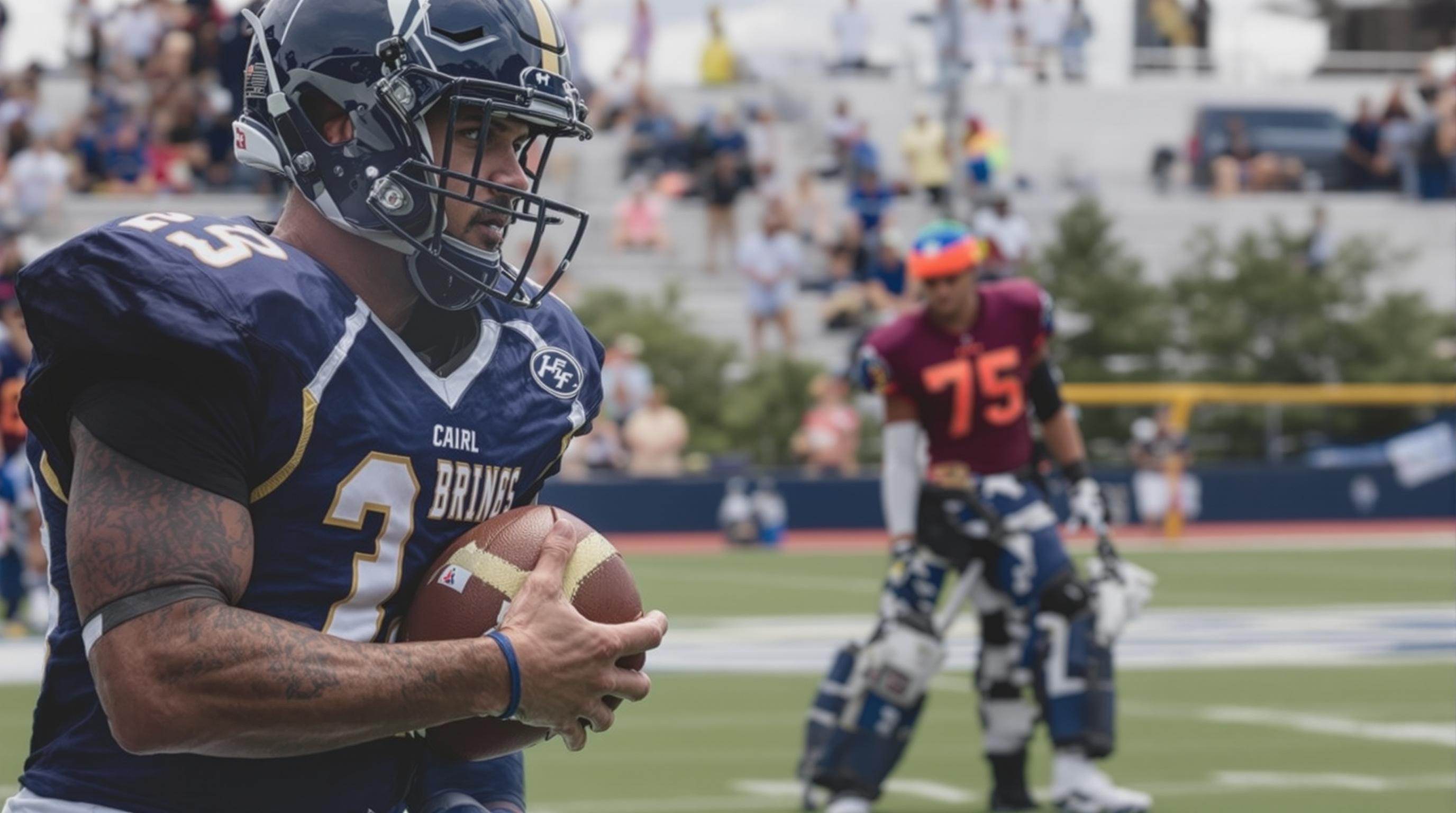Related Articles
- Cultural Collisions: How Colonialism and Conquest Transformed Games and Their Rules Across Continents
- The Eccentric Anomalies of Game Etiquette: Odd House Rules That Defied Generations
- Unveiling the Unconventional: The Role of Secret Societies in Shaping Game Regulations Across Time
- Revisiting the Cultural Phenomenon: How Iconic Championships Influenced Fashion Trends on and off the Field
- Revisiting the Aftermath: How Championship Wins Shape Community Identity and Local Economies
- The Role of Unexpected Weather Events in Shaping Championship Outcomes: A Tidal Wave of Influence
Beyond the Game: How Sports Rituals Reflect and Shape Cultural Identity in Modern Communities
Beyond the Game: How Sports Rituals Reflect and Shape Cultural Identity in Modern Communities
The rituals surrounding sports extend far beyond the game itself, serving as profound expressions of cultural identity and community. This article delves into how these rituals both reflect and shape modern communities, illustrating their impact through vivid examples, case studies, and the experiences of individuals across various cultures.
The Rituals of the Game: A Closer Look
When you think of sports, what comes to mind? The score, the athletes, the glorious victories? But wait—what about the rituals? From a fan's lucky socks to a team’s pre-game chant, these traditions carry deep meanings that resonate through the very fabric of our communities. Indeed, according to a study published in the Journal of Sport & Social Issues, approximately 85% of sports fans engage in some form of ritual to enhance their team’s performance or connect with other supporters (Heinemann & Burch, 2019).
Case Study: The Haka in New Zealand
Let's take a trip to New Zealand, where the traditional Maori war dance known as the Haka is performed by the national rugby team, the All Blacks. More than just a pre-game ritual, the Haka is a powerful expression of passion, unity, and respect for their ancestors. This ancient practice brings together players and fans, fostering a deep-seated sense of identity that transcends the sport itself. It reverberates in the hearts of many New Zealanders, creating a collective bond that can’t be easily dismantled by the outcome of a match. As sports historian Dr. Mark J. L. McGowan notes, “The Haka is not merely a performance; it embodies the spirit of a nation.”
Local Legends: Community Engagement Through Sports
In many ways, your local sports team can serve as a microcosm of your community. Take the phenomenon surrounding high school football games in Texas. On Friday nights, entire towns come to life, clad in school colors, filling stadiums, and bringing homemade pies and casseroles to share. It's not just about the game; it’s about connection. In a survey conducted by the Texas Higher Education Coordinating Board, 73% of participants stated their high school sports rivalries significantly contributed to their sense of community (THECB, 2020).
Defying Boundaries: Transnational Fan Culture
Moreover, sports rituals can transcend borders and create a sense of belonging among dispersed communities. For instance, the fervor surrounding Barcelona FC not only attracts locals but also a committed global fanbase that thrives on rituals, such as the annual La Liga games viewed in packed pubs around the world. In London, for instance, you might find fans singing “Blaugrana” in a dimly lit bar, bonding over flyers and online forums. This transnational support creates a unique sense of identity, showcasing how sports can act as a connective tissue binding cultures.
The Role of Social Media in Ritual Reinforcement
In today’s digital age, social media plays a pivotal role in shaping and reinforcing these cultural identities. Fans create online rituals—whether it's sharing memes on game day or tweeting their reactions—connecting with others who share their passion. According to the Pew Research Center, 65% of fans use social media as a way to express their enthusiasm for their teams (Pew, 2020). This phenomenon highlights how followers participate in a dialogue that extends beyond local chants, connecting communities on a global scale.
Rituals that Heal: Sports in Times of Crisis
Now, let’s take a moment for some storytelling. Picture this: it’s April 15, 2013 — a day that would forever alter the landscape of Boston. Following the tragic Boston Marathon bombing, the Red Sox played a game at Fenway Park just days later. The chants of “Let’s go, Red Sox!” echoed throughout the stadium, creating an atmosphere of resilience. In the aftermath, Boston’s sports rituals served as a source of unity and healing for the community. As journalist Dan Shaughnessy pointed out, “In that moment, we weren't just fans; we were family.”
Economics and Identity: The Merchandise Phenomenon
The sports merchandise industry is also a reflection of cultural identity. A whopping $15.4 billion was spent on licensed sports products in the U.S. in 2019 alone (Statista, 2021). Jerseys, hats, and scarves do more than announce allegiance; they act as trophies of identity, telling the world, “I belong here.” Moreover, local artisans often create themed merchandise that reflects not just a team but the city’s broader cultural elements, thus intertwining economics and identity.
The Power of Ritual: A Psychological Perspective
From a psychological perspective, engaging in rituals can enhance performance and reduce stress. Dr. PTSD, a clinical psychologist, suggests that “for athletes, rituals can focus their energy and calm nerves, creating a mental state conducive to success.” Imagine a basketball player shooting free throws while wearing their “lucky” wristband. What might seem trivial to some actually provides them with a sense of control amid the chaos of competition.
Embodied Connection: Dance and Movement in Sports
Interestingly, rituals are not limited to actions performed by fans and teams. Consider the dance forms incorporated into cheerleading and halftime shows in American sports. These vibrant displays serve as an embodied connection to culture and community, often highlighting societal narratives while reinforcing group identity. Nowadays, many teams incorporate elements of local culture—or even multicultural influences— into these performances. Take the Miami Heat’s dance team, which blends traditional Latin dances, showcasing the city’s vibrant cultural fabric while uniting fans around a shared experience.
Inclusive Communities: Sports as a Platform for Change
In many cases, sports rituals also strive to promote inclusivity and challenge cultural norms. The rise of LGBTQ+ representation in sports underscores this. Major League Baseball (MLB) has recently implemented Pride Nights to not only celebrate LGBTQ+ communities but to redefine the narrative surrounding sports culture. Participants in these events often engage in rituals—like the waving of rainbow flags—creating visible support networks that foster acceptance and belonging.
A Journey Towards Empowerment
Take the inspiring story of advocates like Jason Collins—the first openly gay player in the NBA. Collins's decision opened the door for conversation and inclusion, reshaping how we view identity in sports and pushing communities to embrace diversity. These rituals of visibility empower others to embrace their true selves, creating cultures rooted in acceptance and love.
The Future of Sports Rituals: Digital Transformations
As we look to the future, it's crucial to recognize that the evolution of sports rituals is intertwined with technology. Emerging trends like virtual reality sports experiences and online gaming create entirely new platforms for community engagement. Young gamers participating in eSports often develop rituals—like pre-game streaming and themed character creations—mirroring the traditional rituals of fans at physical events. Ultimately, these digital transformations further reinforce cultural identities while inviting new and diverse communities into the fold.
In Conclusion: The Indelible Mark of Sports Rituals
Sports rituals are more than mere traditions; they encapsulate the heart of cultural identity across communities. They weave together threads of history, emotion, and collective belonging, transcending individual experiences. Whether it's the Haka of New Zealand, local football games in Texas, or the symbols of inclusivity in major leagues, these rituals showcase the unique ways in which we connect to one another, celebrate our differences, and reinforce a shared cultural understanding. In the world of sports, we truly find a mirror reflecting not just who we are, but who we aspire to be.
As we continue to explore and analyze these rituals, let’s embrace the unifying power of sports, reminding ourselves that the game goes far beyond the scoreboard—it extends into our hearts, contributing to the rich tapestry of community and identity.
Sources:
Heinemann, A., & Burch, J. (2019). Journal of Sport & Social Issues.
Pew Research Center (2020).
Texas Higher Education Coordinating Board (2020).
Statista (2021).





